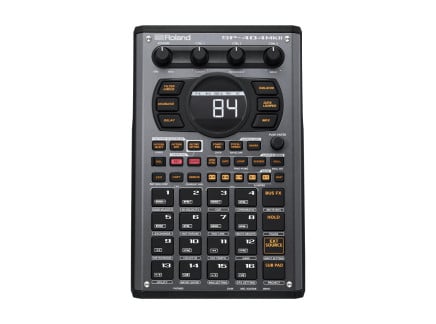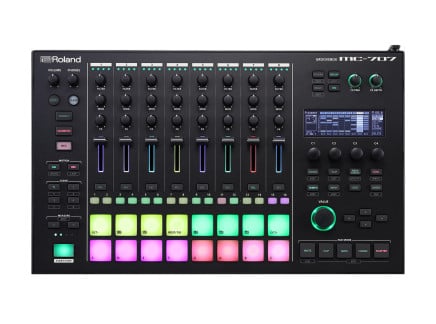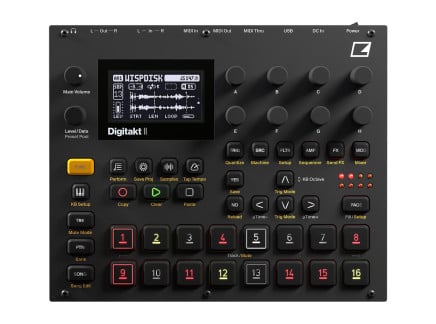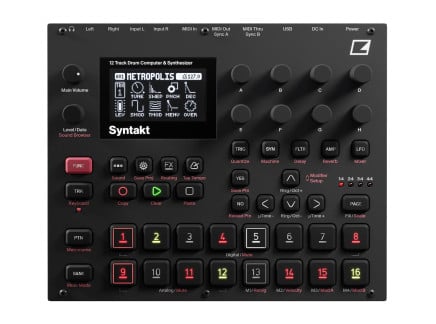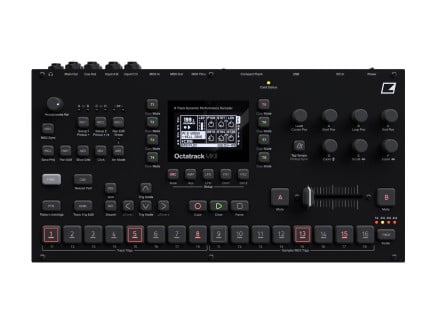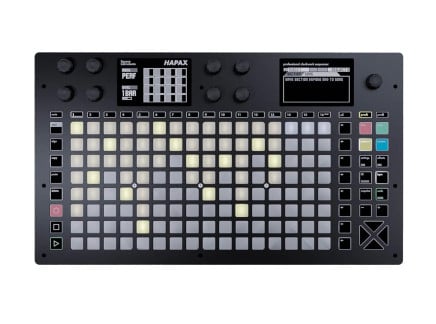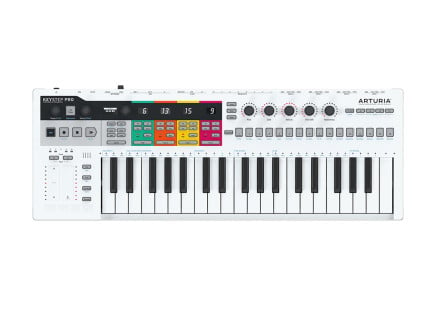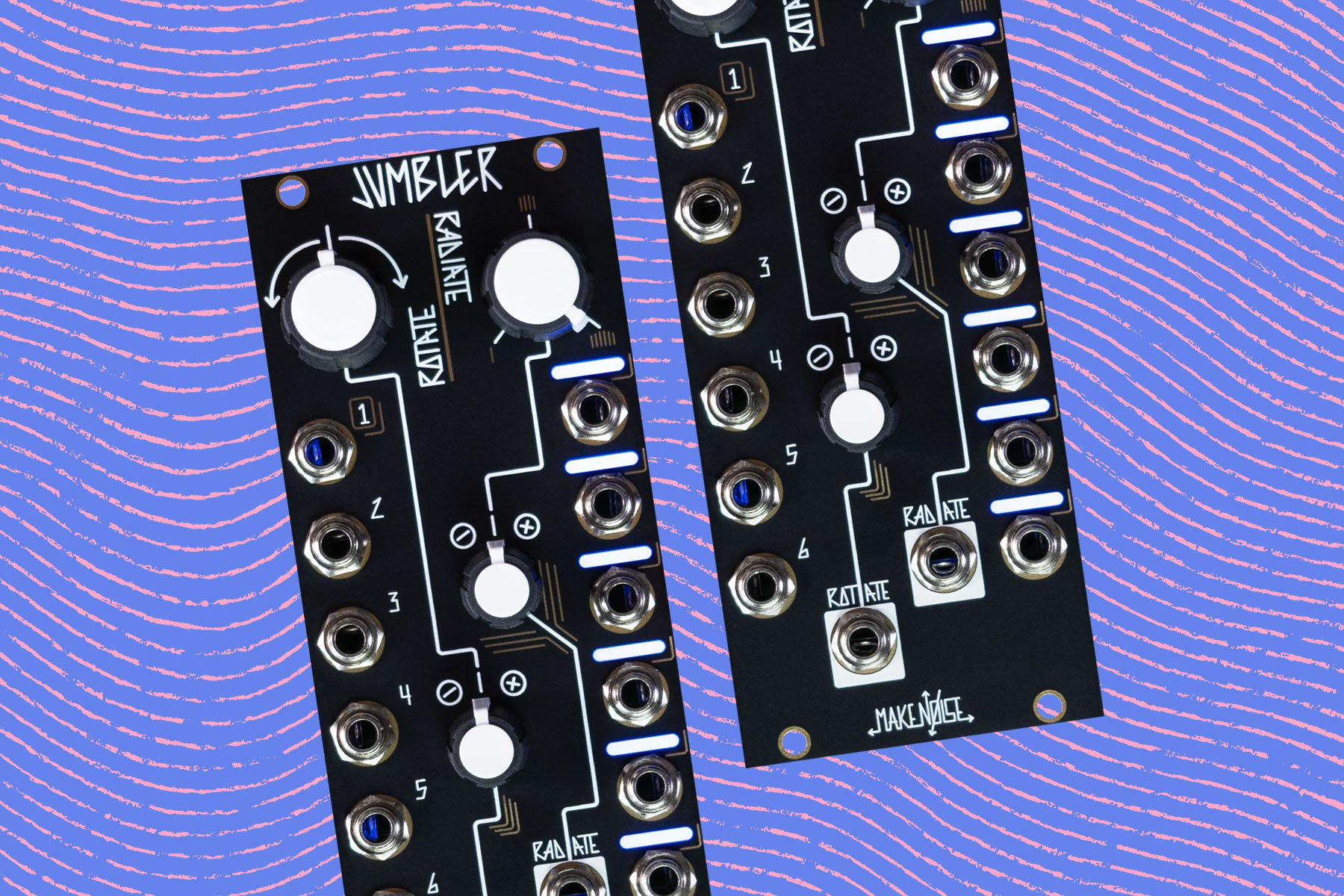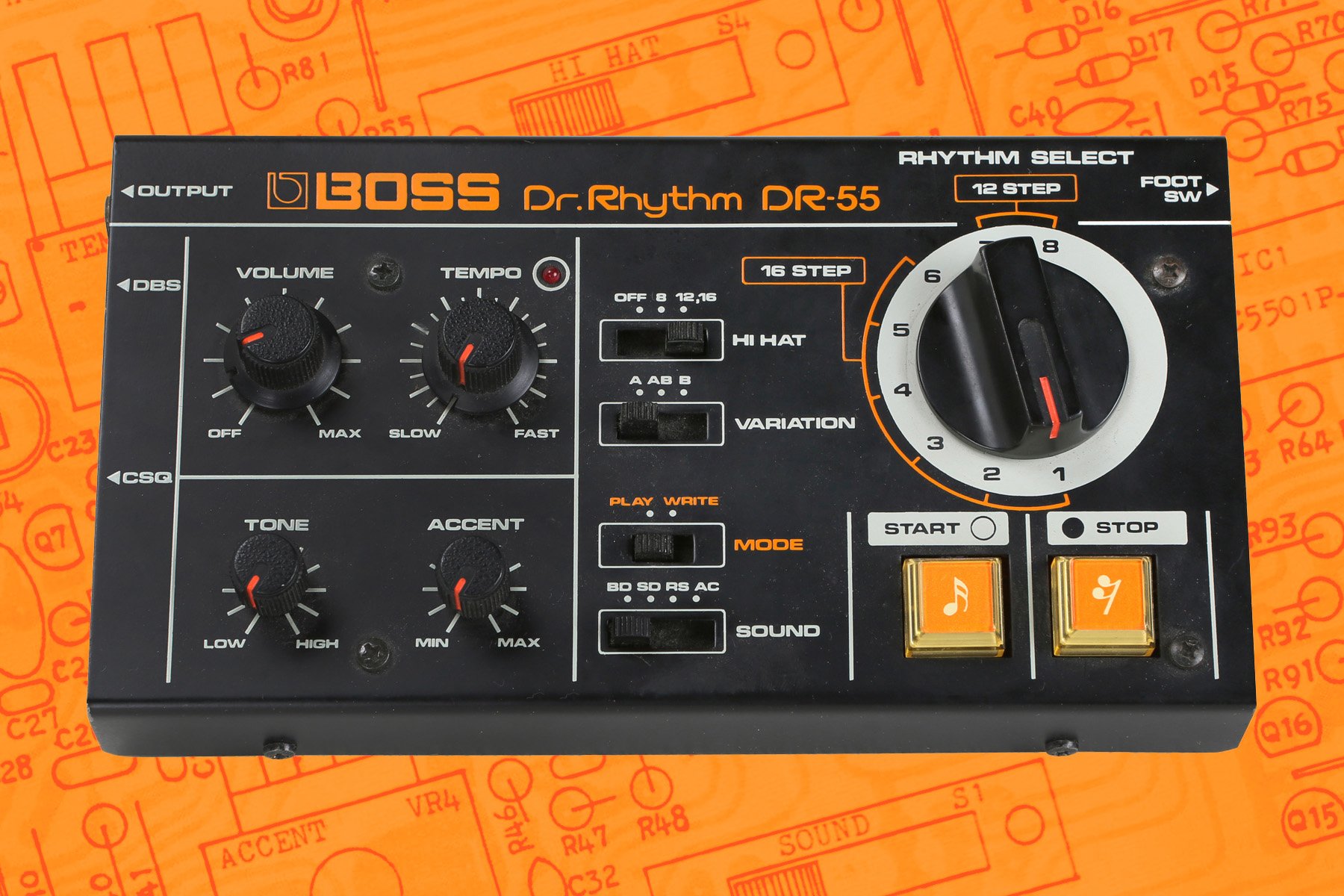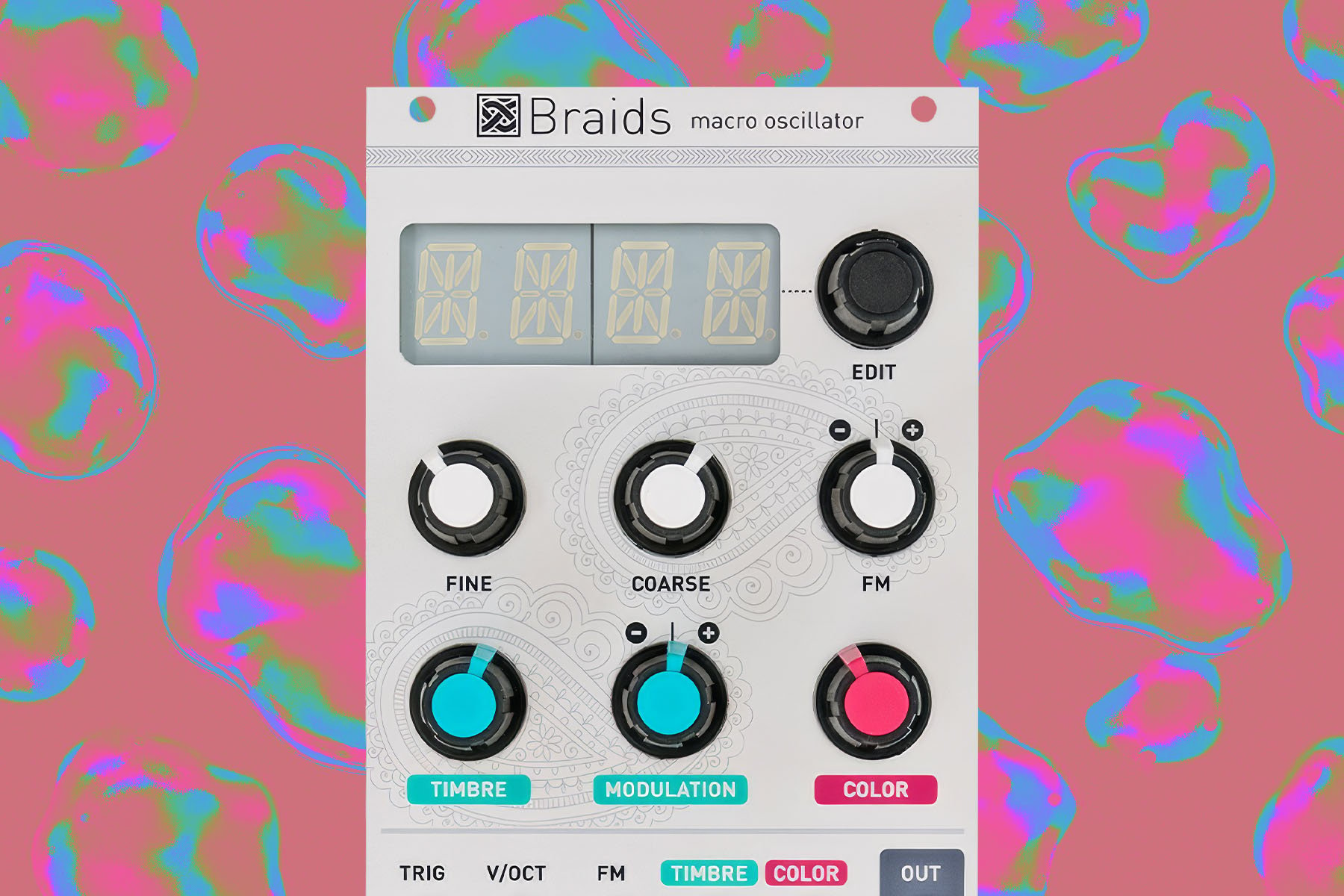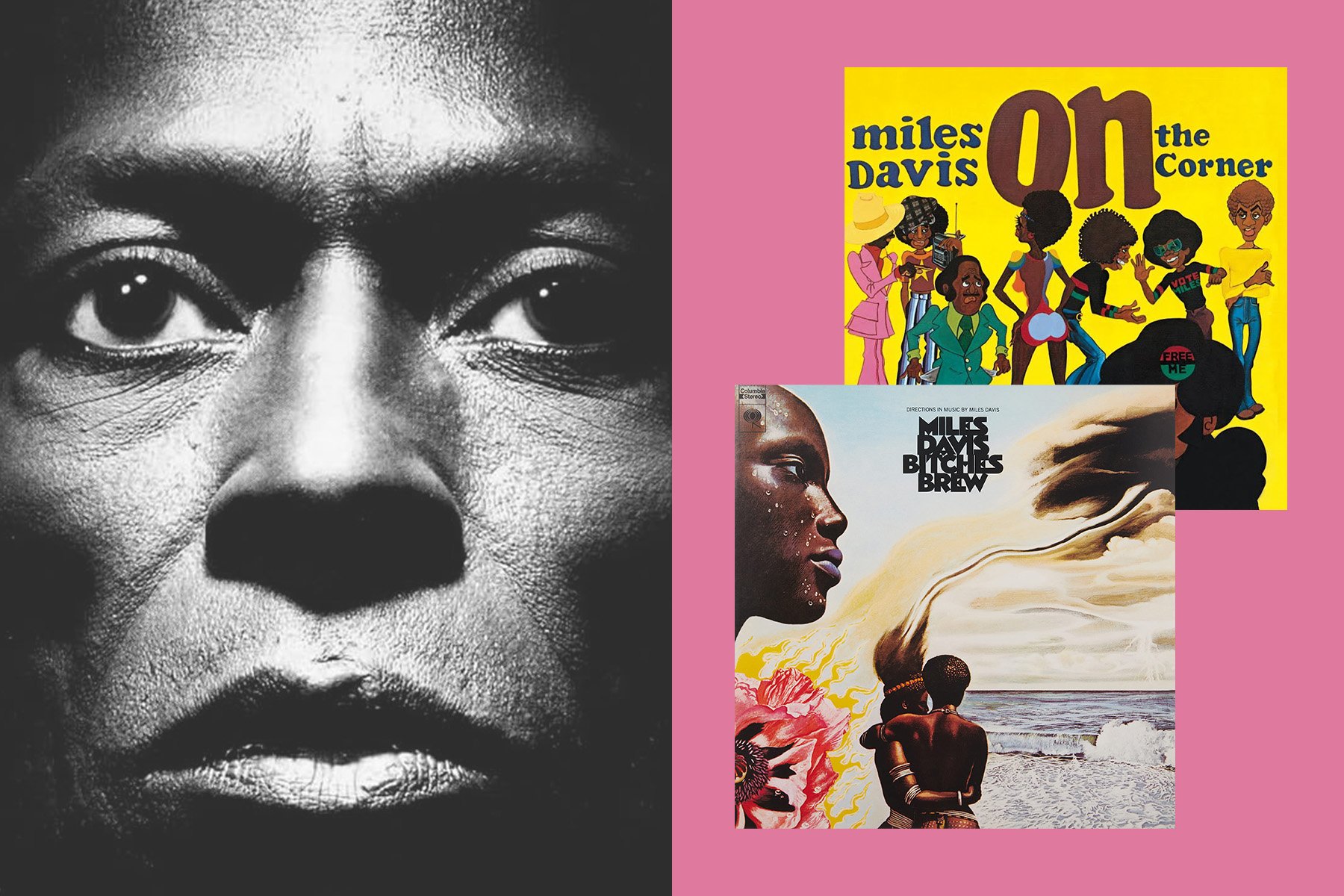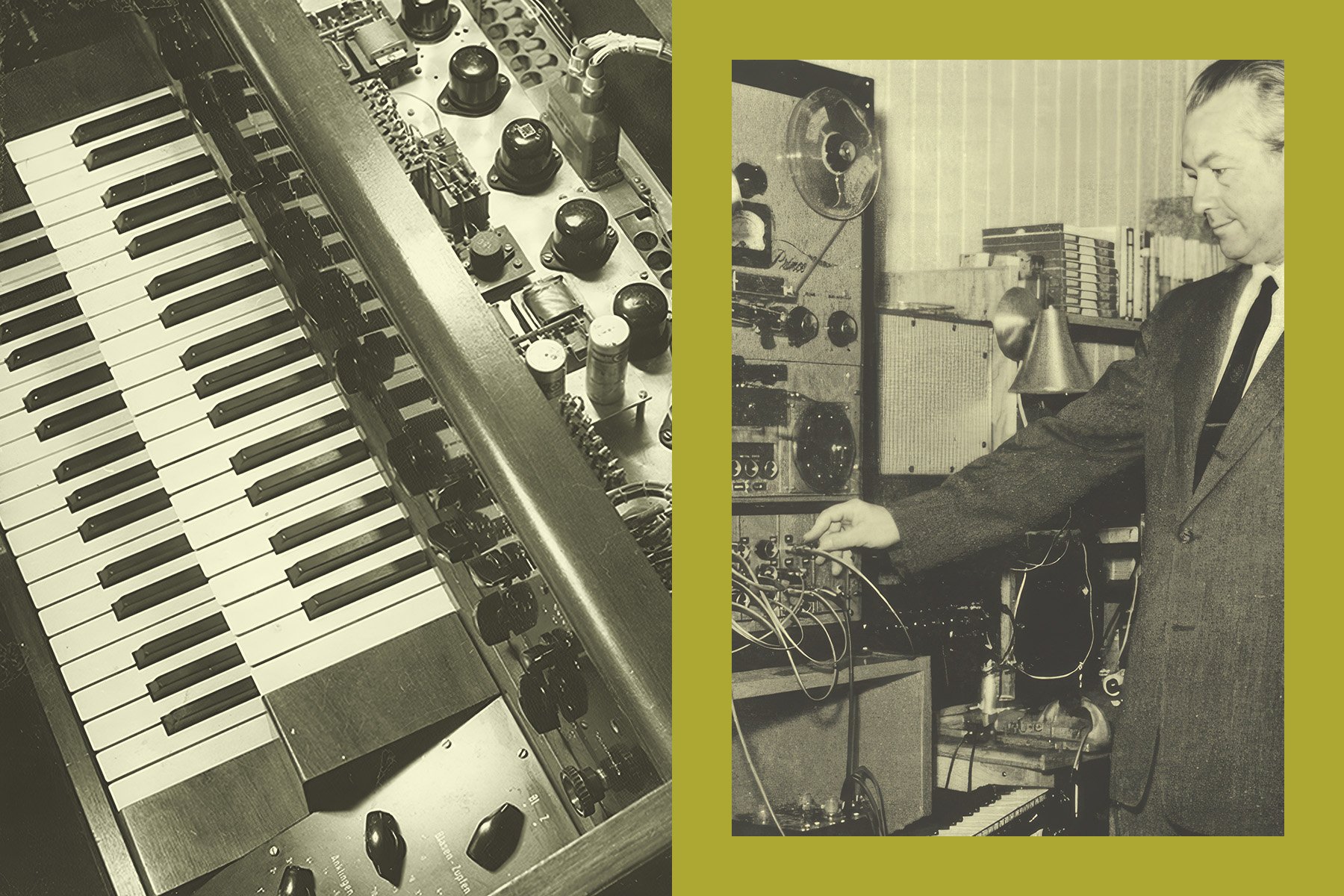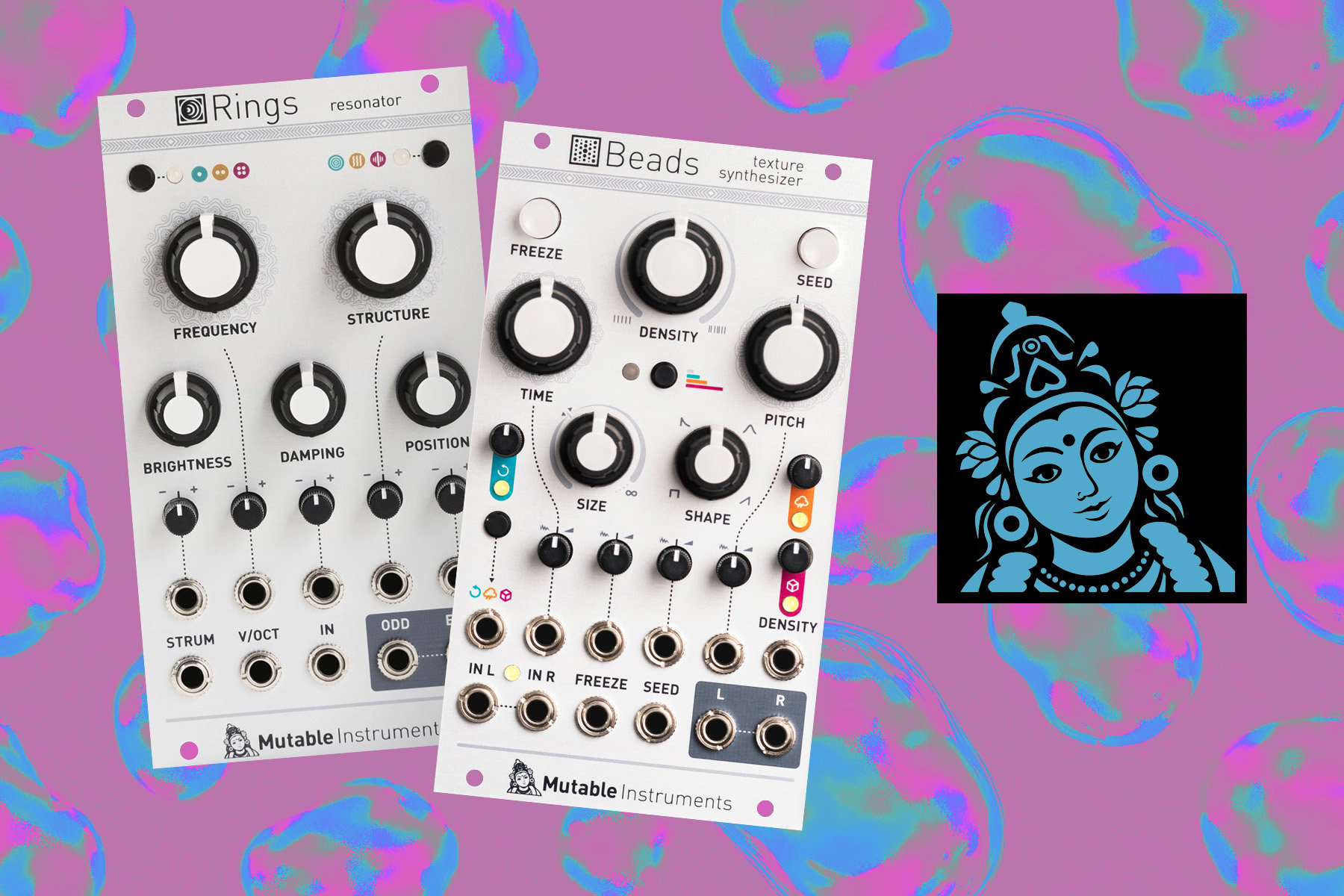Many of us live and breathe staring at computer screens each day, whether it is for work, to play a game, talk to friends, or even just watch TV. This is one reason why a growing number of musicians working today opt to leave the computer in the cubicle and keep it out of the recording studio. In modern times, computers run into just about every aspect of our daily lives, and it's nearly impossible to find anyone without some reliance on computers.
However, this does not necessarily make for a creatively fruitful relationship with them. These incredible mega devices can actually become so heavily associated with our jobs and daily lives that, for some, they can become a mental deterrent to getting something creative going when trying to knock out some tunes.
It's not that computers aren’t useful when considered in a musical setup…in fact, it's quite the opposite…they can do nearly everything! However, for some musicians this is actually an issue. The lack of limitation can lead to option paralysis, and thus another issue when using computers to make music. The limitations of our instruments can breed creativity and lead to us really getting into the essence of what makes those instruments tick. I personally haven’t met too many musicians who talk about the “feel” or the “vibe” of their laptop, even if they are killer tools.
In this article we attempt to take a look at some possible “DAWless” setups and ways to get away from the computer to make some music. Also, please note for this discussion we will be referencing actual laptops or desktop computers when using the word “computer”. After all, many of the hardware devices we love so much actually DO have little computers inside.
Ye Olde Tape Machine
The oldest and maybe (some folks think so) sweetest sounding option on here can be found in the thrift stores and craigslist adverts of old. Tape machines have been used for years in the recording world, and for good reason they are still around. The subtle (or not subtle) saturation of tape does bring something of a sonic glue to the table when mixing music. The options we look to discuss here are the reel to reel machines and the cassette machines.
Reel to Reel

Reel to reel…you know those big heavy rectangles with two giant spinning reels of tape on them? Yeah, those still sound really cool. The two and four track versions can also be found for fairly reasonable prices with a little bit of researching and patience. I personally attained a Teac A-3440 for $150 a few years back, and though I do not use it for recording DAWless, I can attest to the nice bit of character it imparts to a sound that runs into it. That said, there is absolutely no reason you couldn’t use it to record without the computer setup as well.
The most difficult bits of owning a prosumer level tape machine like this one are maintenance and acquisition of tape reels. For instance, I recently had one channel out of the four on my reel to reel simply stop working while it was sitting idle. These things happen, and these machines need to be cleaned and maintained. There are still companies out there manufacturing tape, but when purchased brand new it can be quite expensive. ATR is one such company that comes to mind. If you’re looking to be thrifty, you can find some old reels that will impart a more intense level of character and grime to your sound. This can obviously be used for effect.
Multitrack Cassette Recorders

A second option in the tape category is the cassette multitrack. In recent years and in particular in underground music scenes, the format has come back around in a big way. After being absent for a number of years during the heyday of CDs and the mp3 era, some musicians wanted to go back to the more lofi approach of the cassette machine.
These machines can even be used as instruments in and of themselves with their variable speed and pitch controls. Sounds recorded can be slowed down or pitched lower for more wobbly effect. The Tascam Portastudio range has been a favorite of lofi enthusiasts in recent years, and although they have gotten more pricey on the second hand market they are still affordable.
Summary of approach:
The idea with both the cassette based and reel to reel based recording setups is that basically everything you do to incoming sound happens before the sound goes to tape. You can use all of your favorite instruments just like you would with a computer, but you will likely want to get the effects on those sounds before hitting the tape. This doesn’t allow for much change after the fact but it also locks those sounds in on the tape so they are part of the song in more of a decisive manner. The other issue here is the maintenance cost that some more modern digital hardware likely won't have.
[Ed.: Be sure to check out more perspectives on working with tape in the dedicated article, Recording to Tape: Why or Why Not?]
The Mighty Groovebox
If you are looking to simplify your setup or even just have total mastery over one instrument then you might be the ideal candidate for the almighty groovebox. For the uninitiated, a groovebox is an all in one machine for making music from the point of choosing sounds to the recording and then down to mixing the sounds. Roland introduced the idea of the groovebox, and the format has seen some pretty heavy hitters from the likes of Roland themselves and Elektron.
Roland

The originator of the groovebox still has a big stake in the market in 2023. I recently wrote an article about the history and evolution of the Roland grooveboxes, so I won't go into detail about the past, but I will discuss the two most recent and currently available options of the Roland boxes.
The MC-707 is the first of the two we will mention here. The 707 has an absolute goldmine of great sounds considering Rolands past, and they have had quite a number of years to really dial in the idea of the all in one machine. All past experience with sound creation, sequencing, sampling and effect creation has been put to use here with the addition of the very cool “zen core synthesis system” that allows users to share sounds with friends or to other instruments.
The MC-101 is the smaller sibling of the MC-707 and has half the tracks and fewer simultaneous parameters available on the front. However, it can operate on batteries and is thus much more portable. This is the one stop machine for the producer on the go.
Elektron
In recent years Swedish music tech giant Elektron has been an absolute beast in the groovebox market rivaling Roland with each new offering they come up with. Elektron has their product line split into 3 distinct categories based on pricing and design mentality.
The classic flagship line of Elektron products consists of the Analog Rytm, Analog Four, and Octatrack. All three machines boast an impossibly deep feature set with tons of variation on each idea contained inside. The Rytm for instance has different starting point machines for each type of drum and then the ability to layer samples on top. Obviously as sound generation goes that opens up a lot of possibilities.

The middle line consists of the now classic sample-based Digitakt II, FM synthesis-based Digitone, and the hybrid analog/digital Syntakt. Each of these provides a unique approach to synthesis, with a similar infrastructure for sequencing and more.
The entry level “model” series consists of model:cycles and model:samples. Both are great options for the musician/producer on the go with their lightweight frames and decent feature per dollar ratio. Although this series is a bit scaled back to accommodate the pricing it does contain arguably the most important part of any Elektron device…the Elektron sequencer!
The bit that really sets Elektron apart for many musicians and producers is the idea of parameter locks. The concept here is that the parameters on each step can be changed independently of the other steps within the sequence. This can even go so far as to change the actual sound itself on specified steps. Obviously for anyone looking to make music away from a DAW this provides an absolutely staggering amount of power in arrangement without the use of an actual desktop computer or laptop.
Summary of Approach:
The positive here is that nearly everything can be done in a single box. This is a pretty incredible revelation when compared to entire studios of gear, but it can also limit the palette to approximations of sounds that can perhaps be attained elsewhere with a higher degree of accuracy. For instance a sample of a synth will never sound as organic and alive as the actual synth itself. That being said, incorporating grooveboxes into the other methods of DAWless recording adds a ton to any setup.
MIDI Sequencer & Hardware Setup
The third option for a DAWless setup is perhaps the most broad. In this option, the studio setup would really be focussed on the two ends of the chain of making music. The beginning is the Midi sequencer (or cv for that matter) and the end is the device to actually record things.
MIDI Sequencers
First, let's talk sequencers. We live in an era with an abundance of MIDI sequencers from the entry level Beatstep Pro to the powerhouse Sequentix Cirklon. The choice of what to use really comes down to how in depth you'd like to get with the sequencing itself. Do you just want triggers and notes, or are you going deep into MIDI CC information and events?
Here are three options for sequencers…
The Arturia Beatstep Pro is a fine sequencer that covers a lot of ground in a very affordable package. You can sequence two mono instruments via midi as well as a 16 track drum sequencer. That’s a lot of action for a very affordable piece of kit. A major advantage here is how simple things are to get going and how fast it is to start knocking out tracks.
As a nice mid range option, the Squarp Hapax checks a ton of boxes to allow it to be called a significant upgrade from the Beatstep Pro. Using an elaborate internal structure that allows you simultaneous access to multiple projects simultaneously—each with sixteen tracks and eight patterns—it's capable of everything from straightforward event sequencing to polymetric/polytempo-based music, complex performance modes, and much more. It's a tremendously interesting and inspiring option.
At the upper end of things sits the Sequentix Cirklon. The Cirklon has been considered a bit of a final destination for sequencers in recent years and with good reason. It has a bunch of ports on the back to run out to all the gear you could ever want to control including those needing DIN or the optional CV. The Cirklon is one of those impossibly dense machines that at first looks intimidating to approach but eventually leads to a speedy and tactile workflow complete with instruments midi information labeled and saved inside. If you think it, the Cirklon can probably do it…and it can do a lot of it at the same time.
Recorders
The Tascams in this series are a blend of mixer, multitrack recorder, and (even though they wo'nt be used for this in this article) audio interface. Depending on the model, they have a number of input channels complete with mic preamps and eq. This series even has a decently expansive fx section at the end to spice things up. It should be pretty obvious at this point how much these would add to a DAWless setup. Just plug in and start tracking like you would in any other setup but without the big bright screen.
The 1010 Bluebox is a similar device, but it is much smaller. The Bluebox allows for up to 6 stereo or 12 mono channels. The unit allows for you to work in a mixer mode or in a more zoomed in track mode to work on specific sounds. Complete with eq, panning, and effects this little beauty has a lot of power behind its relatively small stature.
Summary of Approach:
The editing is a little more raw without use of a full on DAW and the character added by tape isn’t quite there, but with some careful planning and execution this can be accounted for on the way in. The general ease of use is fantastic and the options available at this point make this a very enticing approach. There is a little less “just fix it later” and a little more dialing things in right now. With a machine like the Bluebox on the back end it also allows for a decent amount of mobility to find inspiring places to create.
Eurorack
Eurorack is almost tailor made for a DAWless setup. If you were to close your eyes and imagine an entire studio condensed into one little box of flashing lights, you'd be picturing Eurorack. Even without external sound sources, the amount of tonal variation available in the different oscillators, filters and effects in 2023 is pretty staggering. In a way, Eurorack is a similar idea to the grooveboxes all in one mentality, but with interchangeable parts.

When adding a nice external input module like the Xaoc Devices Sewastopol, things open up even more. Sewastopol has an input channel and an output channel to interface modules with the outside gear world. The input channel also has a nice envelope follower that creates voltage signals based on the amplitude of the input signal. With this for instance you could play the modules with a guitar output signal etc…or with the output side of things, you could send signals out to a pedal chain and back in.
If you wanted to try to keep things solely in the system, then a module like the 4ms WAV Recorder would prove indispensable. This simple module allows for a ton of recordings to be made with its very simple single button, single switch and single knob interface. When paired with a nice mixer and a decent compressor in the case you could get things done from start to finish.
Summary of Approach:
The strength of Eurorack comes in its ability to fit any situation, so there really isn’t any reason a system can’t be either an all in one recording stop or the main component in a DAWless setup similar to the options listed earlier. One consideration here is that you would need to match levels as Eurorack signals tend to be quite a bit hotter than standard line levels. A second consideration is that vocal based music would be a little more awkward without using external recording gear. Other than that, this setup is very malleable. With MIDI to CV converters to get different kinds of gear talking, and input/output modules to match levels, the combinations are endless for how to utilize Eurorack for DAWless recording.
The DAWning of New Approaches…
Oddly enough, in a world increasingly dominated by computers, the options for DAWless setups seem to be increasing with time. Powerful sequencers and capable recording devices at relatively low cost are combined with very attainable and fantastic sounding instruments to make recording without a computer a nice alternative to the DAW life. Each option has its own positives and negatives but with a little research there is an approach for anyone looking to venture outside of the traditional computer recording environment.


